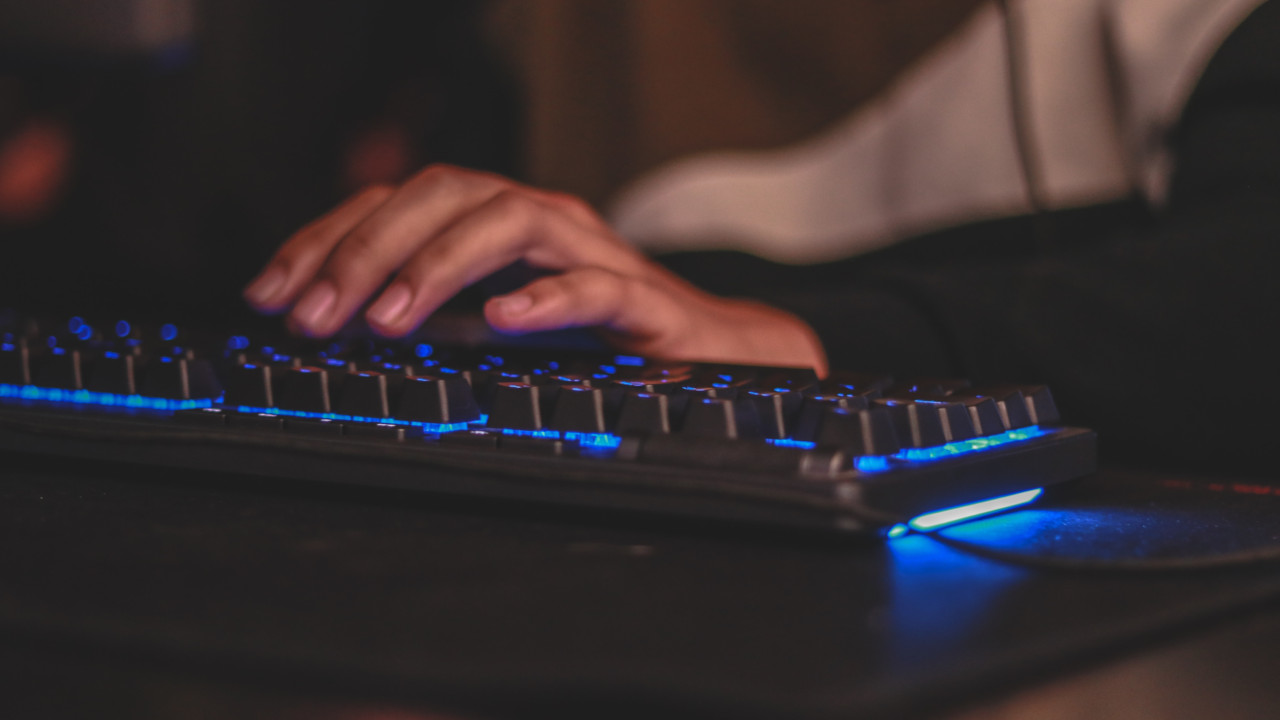How to Stay Healthy While Competing in Esports
Higher ed is applying sports science to help athletes stay healthy while competing in esports

When the New York Institute of Technology prepared to launch its esports program a few years ago, Dr. Hallie Zwibel, the university’s team physician and director of its Center for Sports Medicine, had one initial question: What is esports?
Finding the answer to that question was easy, but his follow-up questions about the well-being of esports athletes were more difficult to pin down. “We quickly realized that you couldn't just retrofit a model for a traditional athlete to an esports player, right?” Zwibel says. “It wouldn't make sense to do training to prevent ACL tears for an esports player.”
But when he went to consult the medical literature on esports player health, he found it nonexistent.
“The only thing I could find was about whether esports was a sport or not, which is academically interesting, but didn't help me whatsoever, in terms of the practical nature of what I had to do,” Zwibel says. “We decided to take on the challenge ourselves, and start to do that foundational research that explores what the health and injury concerns are.”
Examining esports players versus control groups, Zwibel and his team found that most appeared to have healthy BMIs on the surface. However, by using a body composition scanner, which measures muscle mass and body fat, the team discovered that esports players were more likely to be overweight or obese than non-esports players.
“That sedentary behavior, that lack of movement, is taking a toll on the body,” Zwibel says.
Esports athletes also frequently experienced eye fatigue and lack of sleep, plus back and neck pain, and shoulder and wrist pain.
Tools and ideas to transform education. Sign up below.
These types of risks are common among esports players, says Chad Weeden, director of Rochester Institute of Technology’s Esports & Cyber Security Range Production Operations. Like Zwibel, Weeden believes more needs to be done to encourage healthy behavior among esports athletes, especially as esports increases in popularity at grade schools and universities.
“There is a large swath of colleges, I’m talking hundreds, that have spring-up programs,” Wheden says. He adds that many of these programs operate by saying, “‘We’ll grab six athletes, we’ll give them a coach and we’ll call it an esports program.’ They have no idea what they’re doing.”
Running a safe and productive esports program requires more of a commitment, say both Weeden and Zwibel. The good news is that encouraging safe practices among student-athletes is fairly intuitive.
“The remedies aren't terribly revolutionary at this point,” Zwibel says. “Some stretching, making sure you're moving around. Making sure you’re not staring at a screen before bed. These things aren't groundbreaking in themselves. But the fact that they haven't been part of the standard or the culture in that community, is why it needs to be spoken about and talked about.”
Healthy Practices for Esports
One of the first steps to a healthy gamer is a healthy gaming space.
“Make sure you're limiting glare, that your screen is eye level, with a certain amount of distance between you and your screen,” recommends Zwibel. “Try to have an ergonomic chair, making sure your keyboard is ergonomically designed. We also recommend taking a standing break at least every 45 minutes. And between 20 and 40 minutes, we recommend eye stretches, just to relax the eye muscles.”
At RIT, “We encourage our athletes to do wrist, fingers, and hand stretches in between sessions,” Weeden says. If it’s a longer session, students are advised to take a break and conduct those exercises.
Athletes are also encouraged to get at least eight hours of sleep per night, which has been proven to help performance in other sports, and engage in some physical exercise such as walking or running.
Weeden also says mental health is a focus, and he teaches athletes to learn how to handle stress. “Not all of these athletes have competed in traditional sports in which they're always in front of an audience,” he says. “So it's a different type of stress when you put people on the stage and play in front of an audience, especially at the collegiate level, if they're not used to it.”
A key for any esports program is to treat it seriously, says Zwibel.
“If you do invest in a program, especially if you're competitive at a varsity or high school level, It requires attention and should be held to the same standards that you would hold a traditional sports team to, with the appropriate oversight, with the appropriate mentoring and coaching,” he says. “It shouldn't be left alone by itself, which it often is due to lack of understanding.”
Erik Ofgang is a Tech & Learning contributor. A journalist, author and educator, his work has appeared in The New York Times, the Washington Post, the Smithsonian, The Atlantic, and Associated Press. He currently teaches at Western Connecticut State University’s MFA program. While a staff writer at Connecticut Magazine he won a Society of Professional Journalism Award for his education reporting. He is interested in how humans learn and how technology can make that more effective.

